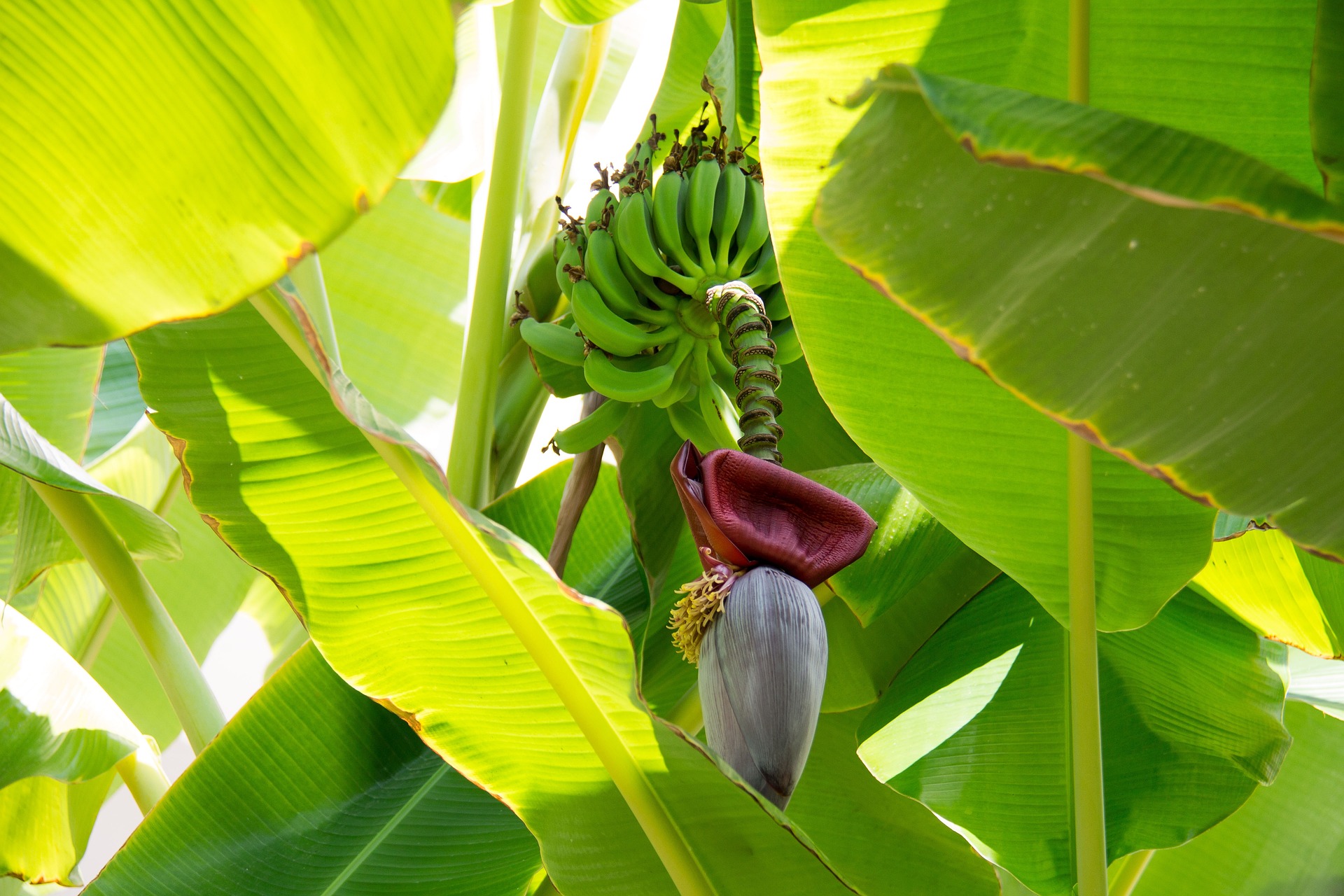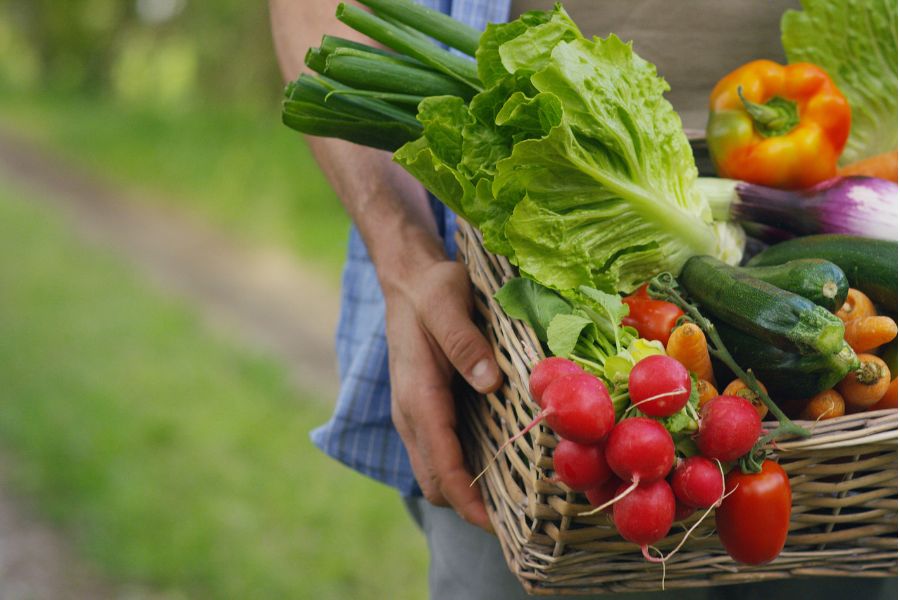Agri-exports: In search of escape velocity
• India’s agricultural exports witnessed a strong resurgence during 2010-14, but have shown a mixed trend since then.
• Despite government stressing on their importance, India’s agri-exports have normally been range-bound between US$ 35-40 billion over the past few years and even the sector’s share in total exports has remained in the range of 12.5-13%.
• To take agri-exports to the next phase of growth, India will require a strong impetus to the food processing sector, besides focused attention on branding and quality standards.
• The government may also need to reconsider its pro-consumer bias in farm products, as this can act as a disincentive for farmers in terms of exports.

Even as agriculture remains a critical sector for the Indian economy employing 58% of its population, its economic contribution to India’s GDP is steadily declining. The gross value added by India’s agriculture, forestry and fishing is estimated at Rs 18.53 trillion (US$ 271 billion) in FY18.
The government has been stressing on the need to boost agri-exports as a means to increase incomes of farmers in the country. However, India’s agri-exports have normally been range-bound between US$ 35-40 billion over the past few years and even the sector’s share in total exports has remained in the range of 12.5-13%. Most of India’s agricultural exports serve developing and least developed nations.
Export and import trends in Indian agriculture from 1998-2018
When we look at data on agri-trade over the past two decades, we find that agri-exports were at quite low levels in the initial years, but they witnessed a strong surge between 2010-11 and 2013-14. Subsequently, they declined and bounced back again after 2015-16, but haven’t yet reached 2013-14 levels. Imports have shown an increasing trend since 2011-12, with a decline in 2017-18.
During 2010-14, measures were taken to increase public investment and much-needed capital infusion in agricultural research and extension was facilitated. The government implemented schemes like Rashtriya Krishi Vikas Yojana (RKVY), National Horticulture Mission, National Agricultural Innovation Project and central support to state extension programmes. In addition, it allowed 100% FDI under automatic route in storage and warehousing, including cold storages and development of seeds. These initiatives helped increase agricultural exports by 5.1% YoY in 2013-14.
Exports of marine products alone increased by 44.8% over the same period, as India has emerged as one of the largest producers of shrimp. Dairy, poultry, meat and fish products doubled their share in agricultural exports between 2008-09 and 2013-14.
But this golden phase from 2004-05 to 2013-14, in which India’s agri-exports grew five times with a seven-fold increase in net agri-export surplus did not sustain. The sharp rise in real casual wages at more than 6% per annum during 2008-13 along with rising fuel and input costs had already begun to squeeze the profit margins of farmers from 2011-12 onwards. Between 2013-14 and 2016-17, agricultural exports fell by 22%, while imports increased by 62%. As a result, the trade surplus fell by 70%.
On the import front, animal or vegetable fats and oils, particularly palm oil (US$ 5.49 billion in 2018) and soya bean oil (US$ 2.27 billion in 2018) and its fractions are a major reason for India’s trade deficit with partners like Malaysia, Indonesia, Argentina & Ukraine. Surprisingly, India is one of the largest producers of oilseeds, but it is uncompetitive in terms of processing costs. India should devise ways to process oilseeds at lower costs in order to attain self- sufficiency.
Catalysing the next phase of growth
Various factors have dragged down export growth in agriculture, including fall in international prices, unfavourable weather and loss of competitiveness due to currency movements. The most affected products were cotton, sugar and rice, which are major components of India’s agricultural export basket.
Between 2016-17 and 2017-18, export growth witnessed an upward trend and imports declined in 2017-18. This increase was partly because India pushed processed food exports, especially in dairy products, pulses and Basmati rice, but huge potential is still left to be tapped.
Food processing will undoubtedly be the key catalyst for value addition and driving the next phase of growth in agri-exports. India has to aggressively build its food processing infrastructure, attract investments and be a part of global value chains in agriculture, which has also been mentioned in the agri-export policy. This has to be coupled with a strong branding effort for the sector, which will help improve access for Indian exporters, especially in developed markets. Issues on SPS/TBT measures need to be constantly monitored and addressed, besides ensuring that the Indian industry aligns itself with stringent quality parameters of these markets.
Export and import growth in select agri-products, 2001-2018 (2-digit)
| Code | Product label | Import CAGR (%) | Code | Product label | Export CAGR (%) |
| ‘TOTAL | All products | 14.52 | ‘TOTAL | All products | 12.46 |
| ’15 | Animal or vegetable fats and oils and their cleavage products | 11.92 | ’10 | Cereals | 13.52 |
| ’08 | Edible fruit and nuts; peel of citrus fruit or melons | 17.24 | ’03 | Fish and crustaceans, molluscs and other aquatic invertebrates | 10.11 |
| ’07 | Edible vegetables and certain roots and tubers | 3.72 | ’02 | Meat and edible meat offal | 16.57 |
| ’09 | Coffee, tea, maté and spices | 14.66 | ’09 | Coffee, tea, maté and spices | 8.15 |
| ’22 | Beverages, spirits and vinegar | 25.88 | ’23 | Residues and waste from the food industries; prepared animal fodder | 8.01 |
| ’17 | Sugars and sugar confectionery | 22.92 | ’12 | Oil seeds and oleaginous fruits; miscellaneous grains, seeds and fruit | 10.12 |
| ’23 | Residues and waste from the food industries; prepared animal fodder | 17.46 | ’08 | Edible fruit and nuts; peel of citrus fruit or melons | 6.38 |
| ’12 | Oil seeds and oleaginous fruits; miscellaneous grains, seeds and fruit | 19.28 | ’07 | Edible vegetables and certain roots and tubers | 10.25 |
| ’18 | Cocoa and cocoa preparations | 20.86 | ’17 | Sugars and sugar confectionery | 7.19 |
| ’13 | Lac; gums, resins and other vegetable saps and extracts | 13.73 | ’15 | Animal or vegetable fats and oils and their cleavage products | 10.87 |
| ’13 | Lac; gums, resins and other vegetable saps and extracts | 9.33 |
Source: ITC Trade Map
A key challenge is the poor infrastructure, as about 40% of primary produce like grains, fruits and vegetables is lost before it reaches the market due to lack of proper handling, cleaning, sorting, grading and packaging facilities at the village level. Hence, there is a need for not just warehousing facilities but also upgrading the marketing structure. This becomes all the more important due to the variable monsoon conditions that have been impacting India over the past few years.Logistics is another concern that must be addressed to improve India’s competitiveness. In March 2019, the government introduced a scheme to provide financial assistance for transport and marketing of agri-products. Under this scheme, it has committed to resolve part of the freight charges. This will help bring down costs for farmers. Besides this, the government must bring in the desired infrastructure and facilitates to boost exports by sea so that more bulk shipments can be sent from India.
A report by Ashok Gulati and Shweta Saini has criticised the government’s approach of putting export restrictions on important food items to prevent inflationary pressures in the domestic economy. The policy deprives farmers of higher prices in the international market and also adds an element of income uncertainty. If the government imposes export restrictions when international prices peak, farmers would surely lose part of the incentive to cultivate exportable crops, which automatically impacts agri-exports. They call this a pro-consumer bias in India’s farm policy. Indeed, fulfilling the needs of Indian citizens is paramount, but the government should evaluate the need for this approach more carefully on a case-to-case basis, giving due regard to the farmer’s aspirations as well.













Leave a comment